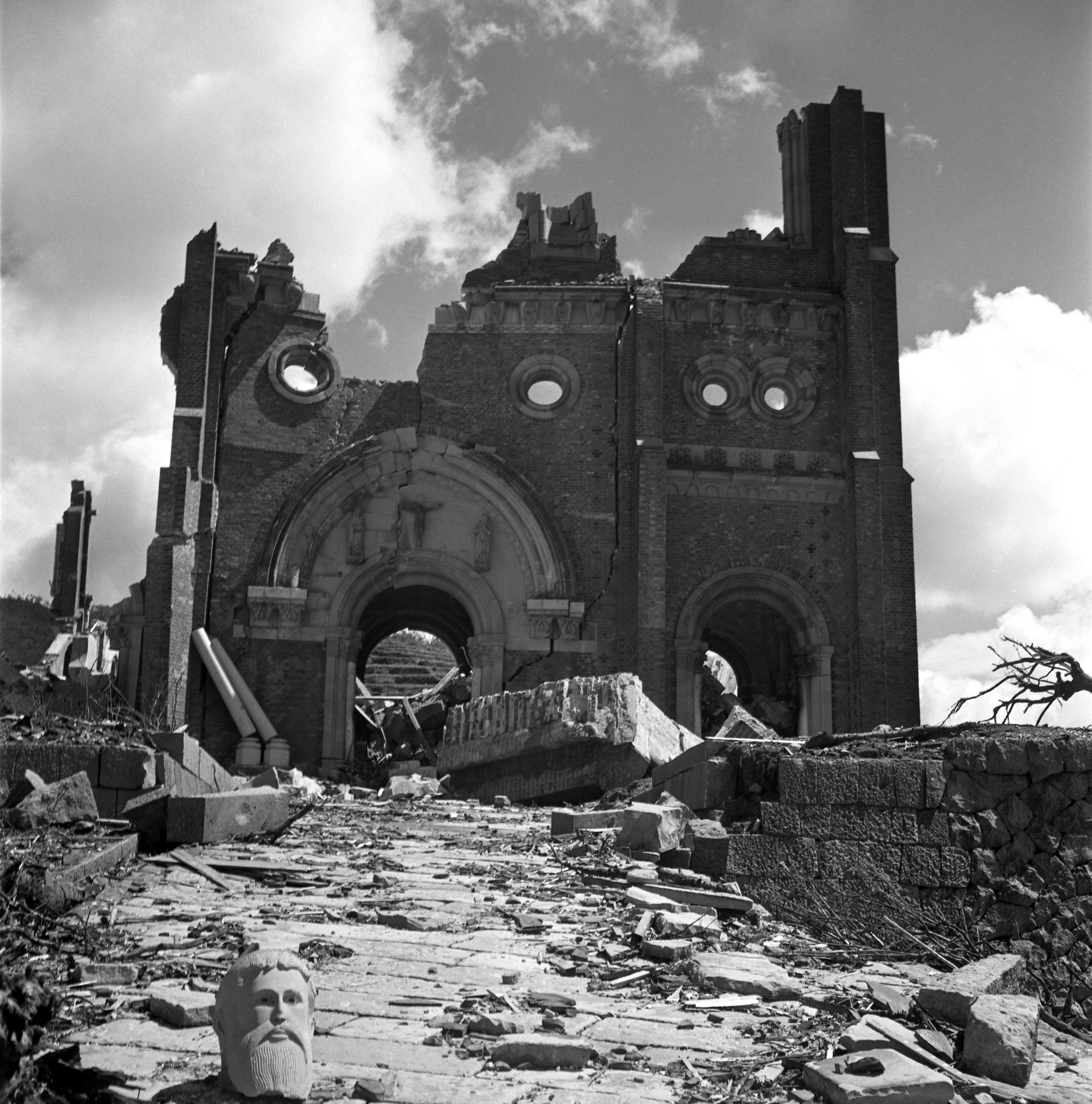
#ATOMIC BOMBINGS OF HIROSHIMA AND NAGASAKI FULL#
As the Allies turned their full attention to the Pacific War, the Japanese faced the same fate. The war in Europe had concluded when Germany signed its instrument of surrender on May 8, 1945.

This undertaking was preceded by a conventional and firebombing campaign that destroyed 67 Japanese cities. In the final year of the war, the Allies prepared for what was anticipated to be a very costly invasion of the Japanese mainland. They remain the only use of nuclear weapons in the history of armed conflict. The two bombings killed 129,000–226,000 people, most of whom were civilians. The United States dropped the bombs after obtaining the consent of the United Kingdom, as required by the Quebec Agreement. Special procurement demands during the Korean War, which broke out in June 1950, also contributed to increased production of automobiles and canned foods and laid the foundation for the economic growth that would occur in subsequent decades.The cover image of this book has been taken from rare and real "Two aerial photos of atomic bomb mushroom clouds, over two Japanese cities in 1945"ĭuring the final stage of World War II, the United States detonated two nuclear weapons over the Japanese cities of Hiroshima and Nagasaki on August 6 and 9, 1945, respectively. Industrial production by 3.3 times its fiscal year 1948 level by fiscal year 1953 and this goal was almost achieved. In September 1949, Hiroshima City announced a five-year plan for reconstruction of its industry (draft), which set a goal of increasing One more major factor for the reconstruction was government led projects. Many largescale factories survived the devastation, and the workforce of Hiroshima Prefecture remained almost the same level. It can be noted that most of the factories damaged by the A-bombing were small, with less than five employees, and located in the heart of the city. The reconstruction of Hiroshima’s industrial economy was driven by a variety of factors. This amount was equivalent to the annual income of 850,000 average Japanese persons at that time-since Japan’s per-capita income in 1944 was 1,044 yen. It estimated there was 884,100,000 yen (value as of August 1945) lost. More detailed data on the total losses can be found in Hiroshima, Nagasaki no Genbaku Saigai (1979), jointly edited by Hiroshima City and Nagasaki City. dollar was 50 yen/dollar in 1947 (military exchange rate) and 360 yen/dollar in 1949.)

(For reference, the exchange rates for Japanese yen to U.S. On the other hand, a report published by the Economic Stabilization Board in 1949 estimates the total property damage in Hiroshima City was 695,000,000 yen (at the time). This number included 64,000 private homes and 600 factories, allowing us to estimate the amount of damaged furniture, private property, and plant facilities.Īccording to the Municipal Handbook 1946 edition (1947) published by the City of Hiroshima, the total amount of damage in six categories (private homes, buildings, bridges, roads, private property, and communication facilities) was estimated to have been 763,430,000 yen (at the time). However, there are ways to estimate the value of the physical property that was lost.įor example, a survey conducted by the City of Hiroshima revealed that 70,147 out of a total 76,327 buildings including houses, stores, factories, and schools had been totally or partially incinerated or destroyed. Unfortunately, estimating the value of the financial assets that were lost is practically impossible as crucial documents and books were incinerated.

cash, deposits, savings, stocks, and securities). buildings, machines, equipment, roads, and bridges) and financial assets lost (e.g.

Economic loss refers to the physical property lost (e.g.


 0 kommentar(er)
0 kommentar(er)
